As we discussed last month, there is serious gold at the heart of old dead pine trees, especially the yellow pine scattered across the southeast USA. What may seem like a pile of old logs falling apart at the back fence can still have a core of well-preserved fatwood or “lighter pine”, soaked in resin, preserved for years, and it is an excellent fire starter.
Yesterday it rained all day long, and in the late afternoon it was still a light drizzle, so I decided to go out and see if my pine fatwood really is all it is hyped to be. After experimenting a bit I figured out the right kind of shavings to cut and sure enough with a bit of fiddling around, I was able to light a giant pile of wet wood on fire, just by starting with some fatwood shavings and a few larger fatwood pieces.
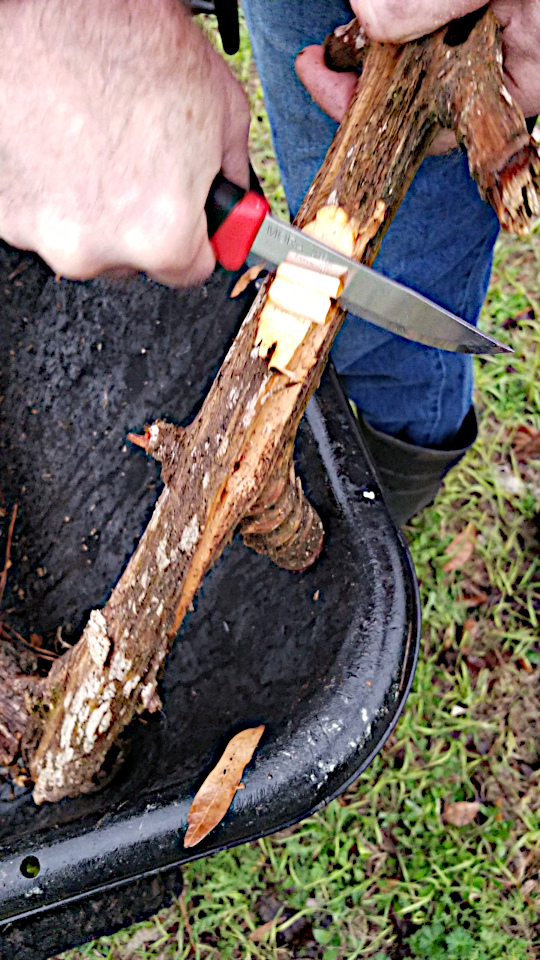
The trick is to cut your initial shavings very thin. In dry weather this isn’t so critical, but with a light drizzle falling, and wet wood all around, your tinder needs to be ready to flash.
Now let’s be clear here: the fatwood itself had also been sitting in the rain all night and all day. The rotted pine around it was soaked to the point of sogginess, but when I scraped it off, and cut the shavings from the resinous center, they lit right up. What I used to get the fire going: a lighter, and fatwood shavings. No other tinder used, no dry paper, no lighter fluid, nothing else.
The pile of wood itself was a mixture of pine, oak and random other local deciduous trees. Some old, some new, absolutely none of it that you would consider especially flammable, except for the lighter pine itself. I just made a small indentation in the pile, laid out a few twigs as a base, then laid the fatwood shavings down, first the thin shavings, then a few thicker shavings, then some large splinters, followed by several full sections of fatwood about 2-3″ across.
Wet wood will indeed catch fire if there is a sufficiently enthusiastic fire next to it to dry it out and start the fire going. So obviously it took a semi-serious quantity of lighter pine to really set it off. I would estimate about 5-10lbs of the stuff. Obviously such a valuable resource should not be so easily wasted in a true survival situation, unless the need is dire. But, it is good to know this is possible.
What started like this: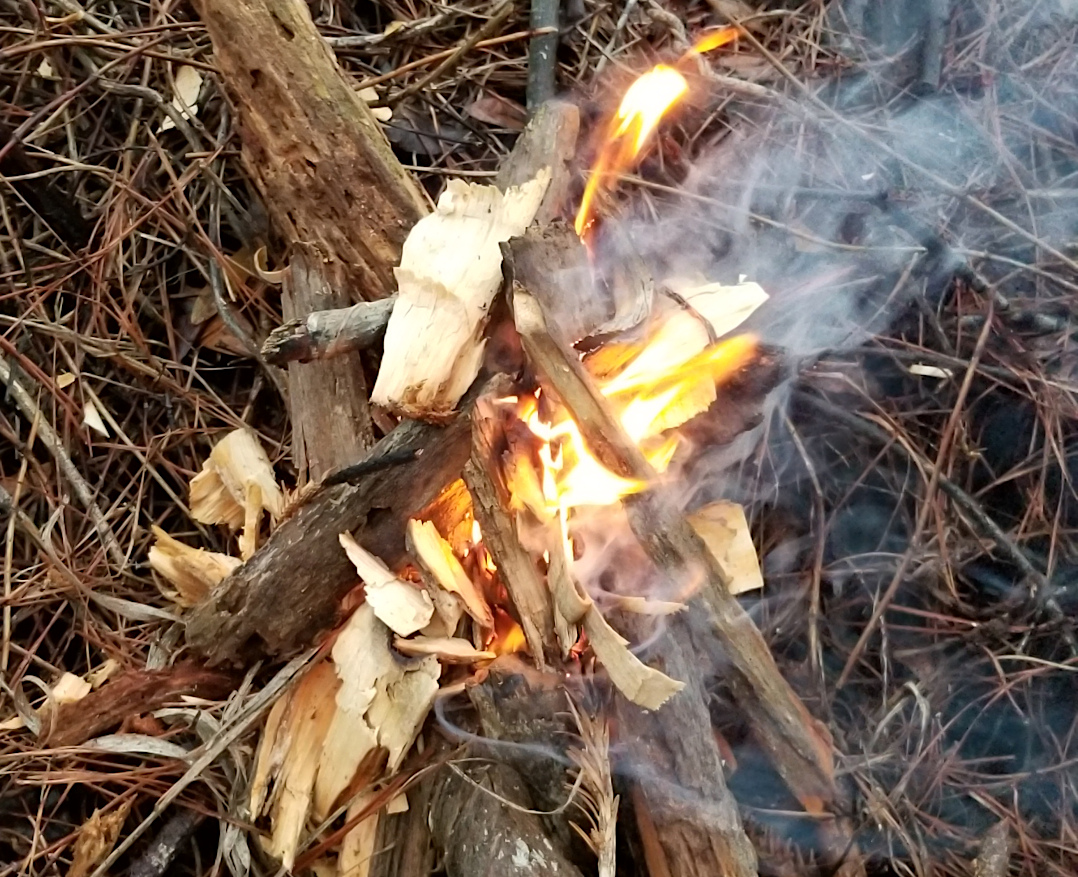
Finished like this, all with thoroughly soaked wood in a light rain: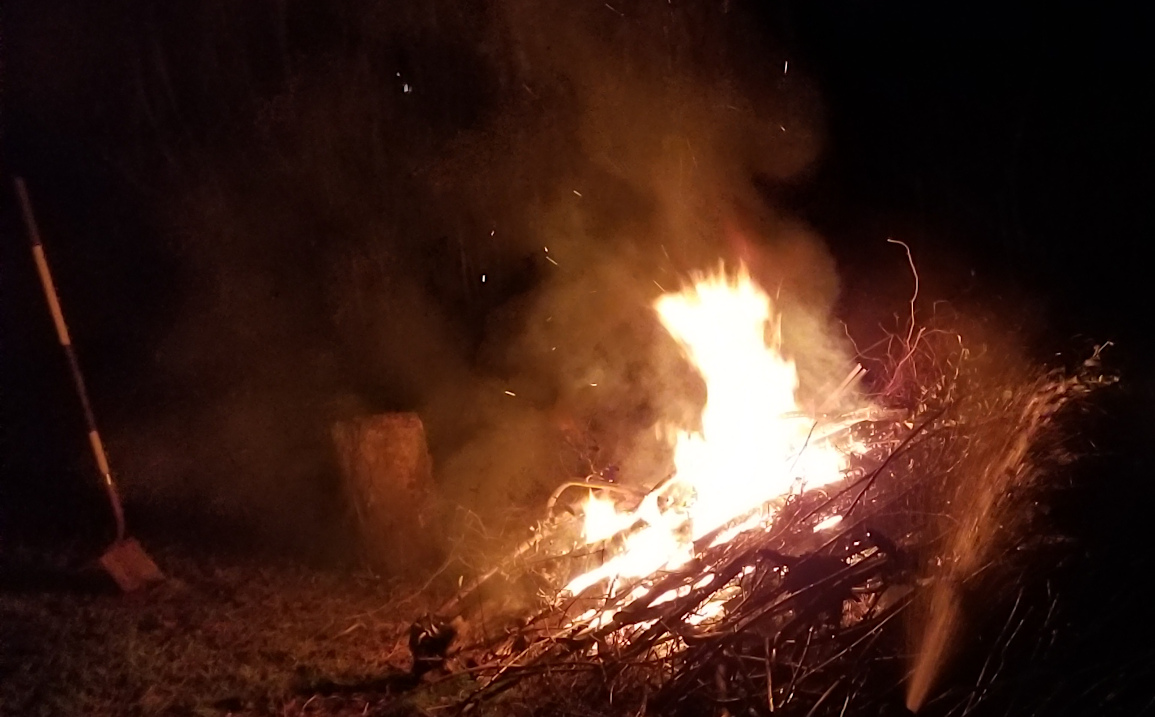
Of course you might argue that none of this information applies to you, depending on where you live, the kind of property you own, etc… Think more widely–you never know when you might end up in a survival situation, or you never know when you might decide to uproot your comfortable city life and head out for God’s Country. Or, given how tumultuous times can be, this decision might be out of your control at some point. Knowledge of such things is good. There are endless possibilities in the natural world around you. In fact with the right knowledge and planning it is possible to survive and feed a family with less than an acre of homesteading. Check out my Good friend’s posts if you need serious inspiration, read a few good survival blogs, and learn about the science of simple things around you.
Rifleman out





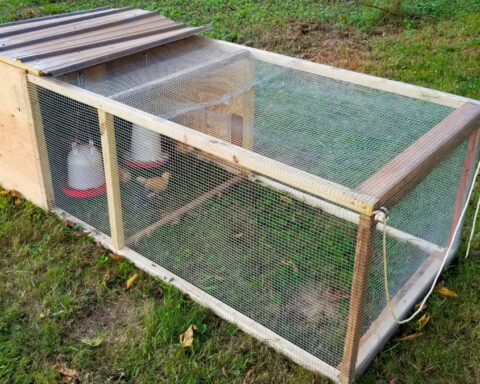
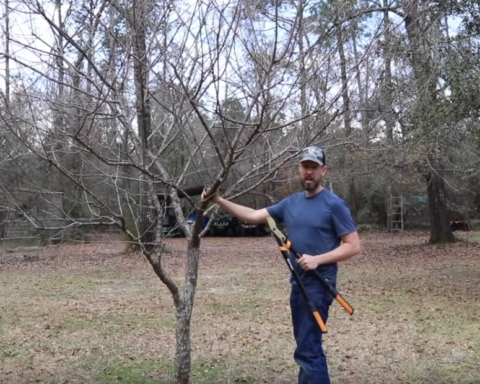
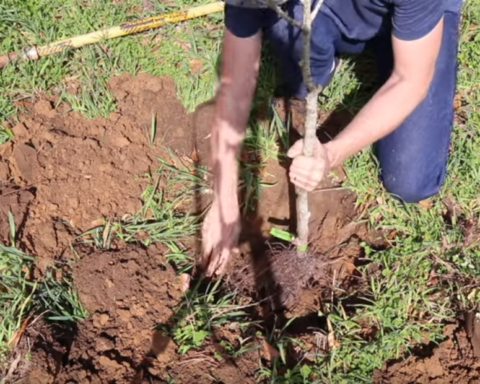
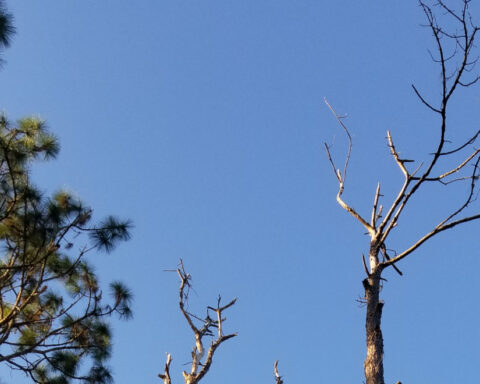
Great post. In addition, broomsedge/broom Sage will ignite in the middle of a monsoon as well.
I needed to know that is possible